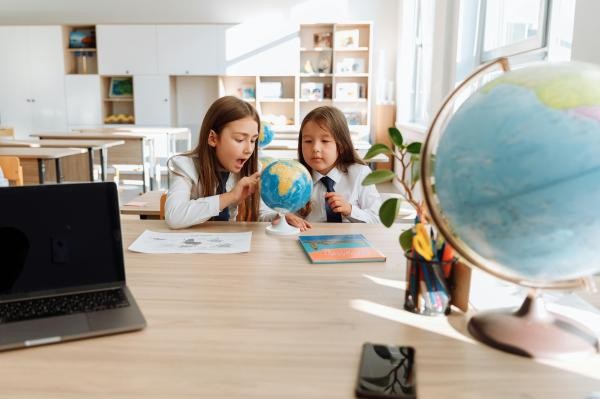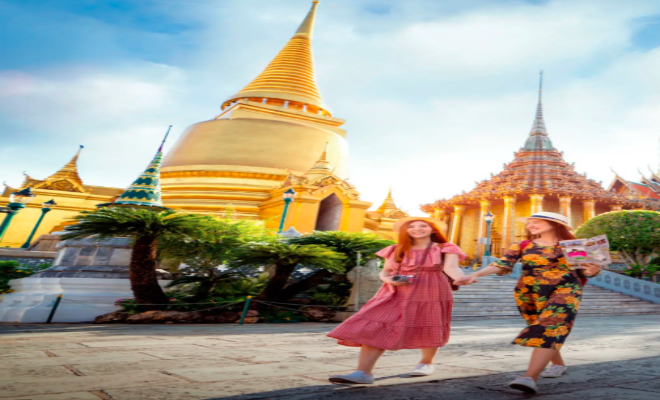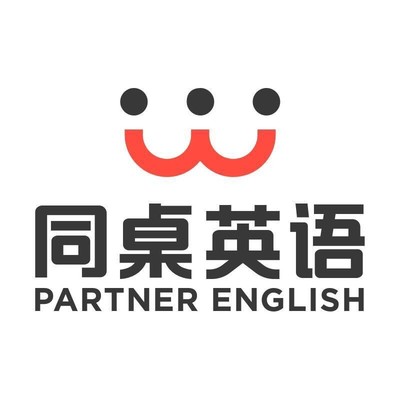Asian Etiquette Tips for Teaching Abroad Programs
Asia, with its rich diversity and traditions, offers many fascinating customs and practices that Westerners, particularly educators embarking on teaching abroad programs, must grasp to ensure successful interaction. One key area to examine immediately upon arriving in Asia is how greetings are conducted, as these often serve as the initial point of interaction and a reflection of the local teaching culture.

Japan
Bowing (ojigi) is an integral part of Japanese culture and often serves to express respect, gratitude, apology, or greetings depending on the situation or relationship between individuals. Although its rules can be complex, foreigners aren't expected to master them and are appreciated even when handshakes are offered instead of bowing.
What is the typical form of greeting in Japan and how should it be performed?
Bowing is the traditional greeting in Japan. The depth of one’s bow can vary; deeper bows often signify greater respect. But the rules can be complex, so foreigners shouldn’t expect to fully grasp them—Japanese people nonetheless appreciate any effort, even a simple handshake. Understanding such nuances is a key part of local teaching culture.
China
China, with its millennia-old culture, boasts unique greeting customs. Unlike Western practices that emphasize eye contact, Chinese people often show respect by lowering their gaze. Handshakes are common, especially with foreigners. Among locals, greetings are more formal, often using honorifics and surnames until informality is invited.
How do Chinese people typically greet foreigners?
Chinese people typically greet foreigners with a handshake, though it’s also customary to lower one’s head slightly as a sign of respect. Formality plays a major role in Chinese teaching culture, especially in professional settings.
Thailand
Thailand, known for its welcoming culture, features a special form of greeting known as the “wai.” This gesture involves placing hands together in front of oneself and raising them to the chest or face while slightly bowing the head; it’s typically initiated by younger individuals or those of lower status.
What is the traditional Thai greeting known as the “wai”?
“Wai” is a traditional Thai form of greeting where the hands are clasped together and raised, accompanied by a slight bow. The gesture reflects social hierarchy and respect, both central aspects of Thai teaching culture.
Vietnam
People typically shake hands when meeting each other, often with both hands and a slight bow. “Xin Chao” (pronounced chin-chao) is used as an informal greeting, and its meaning depends on tone. Correct pronunciation instantly earns respect.
How do Vietnamese people greet each other, and what does “xin chao” signify?
Vietnamese often greet with a two-handed handshake and say “xin chao.” Pronouncing it correctly is a sign of cultural sensitivity and earns admiration—skills that are highly valued in Vietnam’s teaching culture.
South Korea
A traditional bow, followed or preceded by a handshake, is common practice in South Korea. A unique tradition involves placing the left hand beneath the right arm during the handshake, signaling respect.
What is the significance of placing my left hand under my right forearm during a handshake in South Korea?
In South Korea, this gesture during a handshake indicates deference. Hierarchy and respect are fundamental values in Korean teaching culture, and these greeting customs reflect that.
As we travel between countries and cultures, it is vitally important that we learn and respect each country's customs, including their greeting practices. Being aware of such practices not only improves communication but also deepens our appreciation of Asia’s rich cultural legacy. Whether you bow in Japan, shake hands in China, perform a wai in Thailand, or say “xin chao” in Vietnam (or combine both gestures), each action represents more than etiquette—it embodies the heart of Asian teaching culture and the foundational values of teaching abroad programs.
-
Teaching English in Thailand: A Journey of Culture, Connection, and Growth
Discover the enriching experience of teaching English in Thailand, from embracing Thai hospitality a... -
Asian Etiquette Tips for Teaching Abroad Programs
A helpful resource for Western teachers on understanding the greeting customs in various Asian count... -
EPIK: Teaching English in South Korea
Learn about the EPIK Programme for teaching English in South Korea, its benefits, requirements, and...








